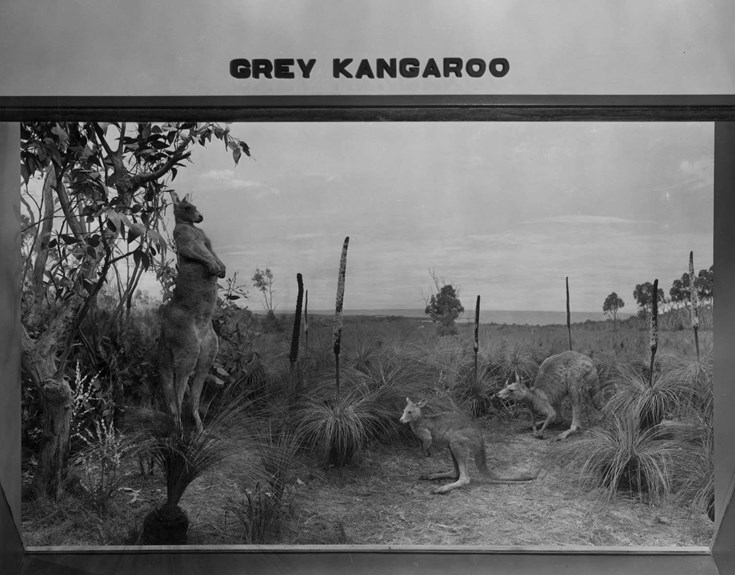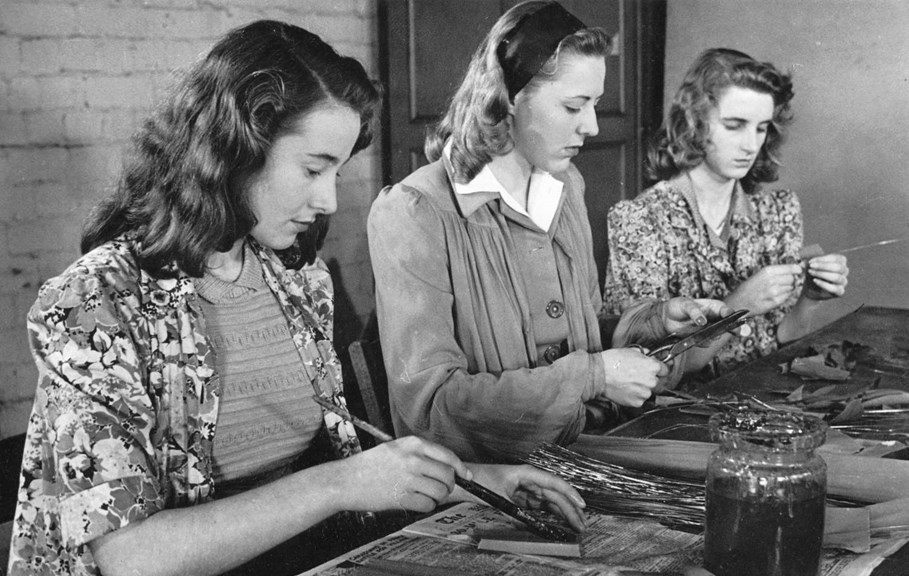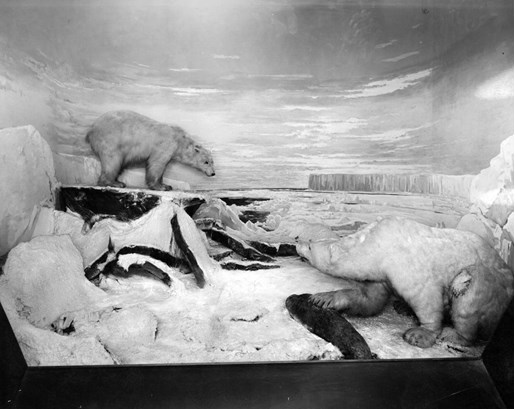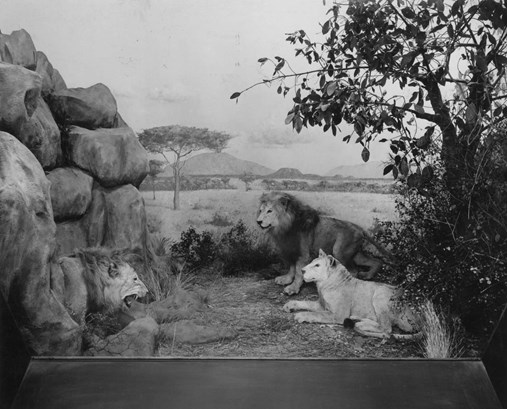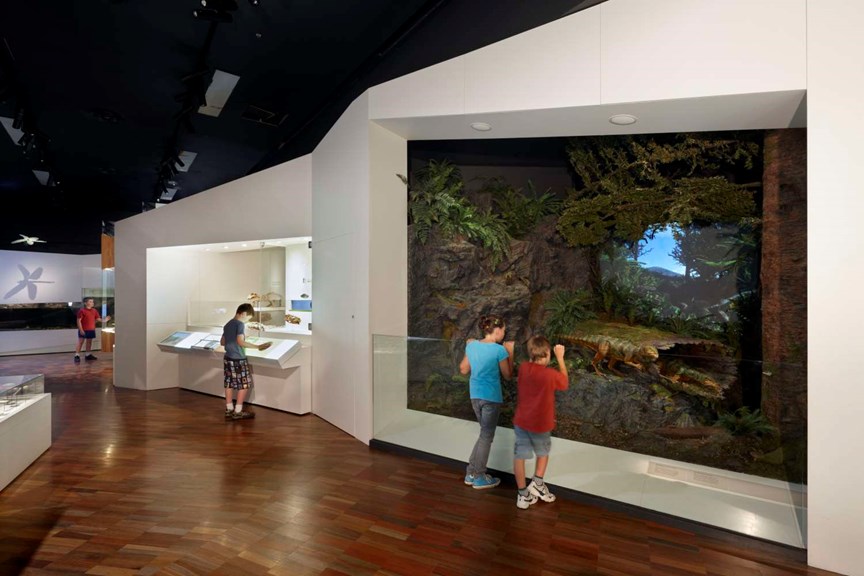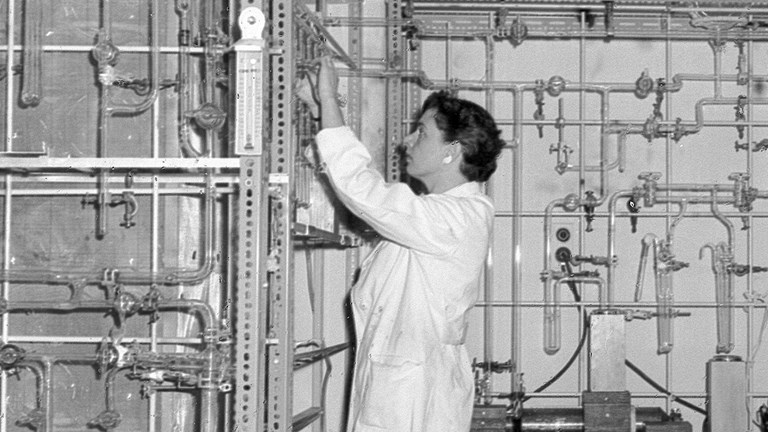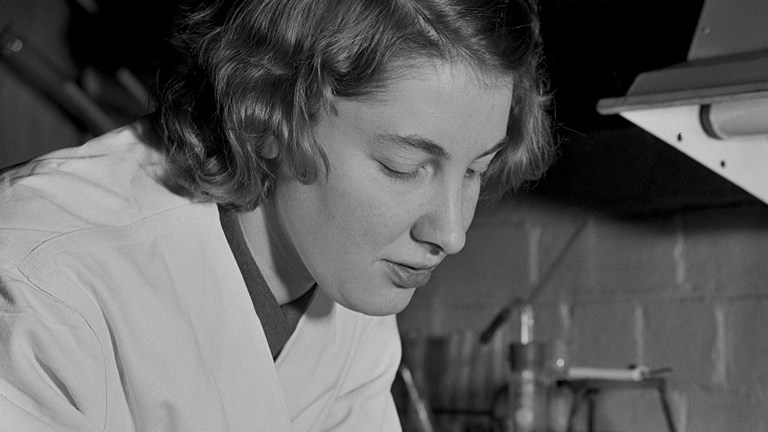The art of the diorama
At the height of their popularity in the 20th century, museum dioramas could be found in almost every natural history museum, both locally and internationally, and in a variety of shapes, forms and genres.
In Australia, the former National Museum of Victoria, the Australian Museum in Sydney, the Australian War Memorial and the South Australian Museum were all eager to adopt this method of display from the 1920s onwards and allocated significant funds and energy into producing many fine examples of this art form.
Museum dioramas are three-dimensional life sized or scaled down models usually depicting a natural scene or historical event for the purpose of education and entertainment. In most cases they employ a painted backdrop combined with realistic foreground to create a trompe l'oeil effect, evoking the illusion of a real scene.
At its former location in Swanston St, Museum Victoria had an impressive array of dioramas. The earliest in the collection, initially built for the 1886 Colonial and Indian Exhibition in London, illustrated scenes of Australian Aboriginal life. Another display, The Victorian Fauna Series, was first prepared in the 1940s and was housed in the alcoves of McCoy Hall. It remained on display until the closing of the Swanston Street museum in 1998. Other examples, such as the Lion diorama built in 1928, and the Polar Bear diorama built in 1930 were dismantled in 1973 and 1984 respectively.
Today some of the remnants of these displays persist, but are relegated to the collection stores of the museum, where intact scenes are shelved amid an array of taxidermied animal specimens. Hidden in their custom-built boxes, these smaller examples of habitat dioramas were at one stage earmarked for display but were replaced with more contemporary purpose-built exhibits, such as those found within the Wild: Amazing Animals in a Changing World and 600 Million Years: Victoria evolves exhibitions. Unlike their static historical counterparts, these new examples such as the Mallee Fowl diorama and Qantassaurus diorama employ interactive components, ranging from peep-holes to animatronics, to bring this historical method of display into the 21st century.
To my knowledge, there are only a few examples of intact historical habitat dioramas currently on display in Australia. The oldest example is found within the skeleton gallery of the Australian Museum in Sydney; almost completely obscured, the Lord Howe Island diorama from 1921 can only be seen through several narrow peep-holes. The South Australian Museum has also retained one of its historical bird dioramas. Built in 1939, the Cormorant Rookery remains in its site-specific location to be included within the museum's recent South Australian Biodiversity Gallery redevelopment.
